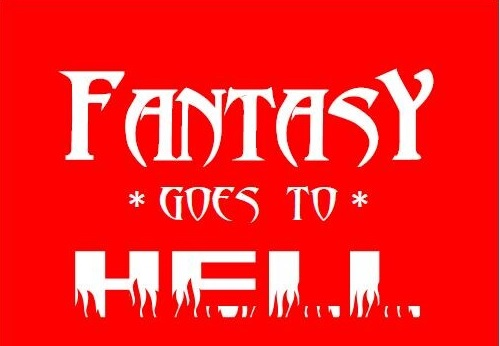Loading...
Event Website
https://www.mythsoc.org/oms/oms-2023.htm
Start Date
8-5-2023 1:00 PM
End Date
8-5-2023 1:50 PM
Description
Imaginative images of Heaven and Hell capture the sociocultural engagement with Walt Disney’s Fantasia (1940), which demonstrates animated dancing bodies to represent the descent and passage of the hero’s journey. This journey is presented with many different forms of conflict and images that become unique through the qualities of the animated screendance. This form of dance on film is accentuated by the visualization of imaginative bodies, a conflict between knowledge and curiosity, and the spectacle of layering images on top of symbolic meanings to emphasize the power of identification with the audience. The spectators of this film are engaged with the images and music, primarily through the two sequences in question: The Sorcerer’s Apprentice and Night on Bald Mountain/Ave Maria. These two cartoons represent images of Hell, the barriers it places on the dancing body, and the lessons of morality. The bodies that fill these scenes also present mythological hybridity, yet in a manner that evokes more terror and curiosity through the imagination of watching soulless brooms or demons flitting along the screen. The effects on the senses and affective emotions are products of animation’s ability to visualize and force believability of the dance onto the audiences, who are identifying and feeling for these characters. This paper utilizes theories of the Screendance, animation practices specifically from Walt Disney, and cinema’s ability to signify and project powerful meanings onto the images seemingly brought to life to showcase the mythological hero and Hellish bodies that are byproducts of the experience.
Creative Commons License

This work is licensed under a Creative Commons Attribution-NonCommercial-No Derivative Works 4.0 International License.
Included in
Children's and Young Adult Literature Commons, Comparative Literature Commons, Digital Humanities Commons, European Languages and Societies Commons, Literature in English, Anglophone outside British Isles and North America Commons, Literature in English, British Isles Commons, Literature in English, North America, Ethnic and Cultural Minority Commons, Medieval Studies Commons, Modern Languages Commons, Modern Literature Commons, Other English Language and Literature Commons
Animated Dancing to Hell and Back: Disney’s Fantasia
Imaginative images of Heaven and Hell capture the sociocultural engagement with Walt Disney’s Fantasia (1940), which demonstrates animated dancing bodies to represent the descent and passage of the hero’s journey. This journey is presented with many different forms of conflict and images that become unique through the qualities of the animated screendance. This form of dance on film is accentuated by the visualization of imaginative bodies, a conflict between knowledge and curiosity, and the spectacle of layering images on top of symbolic meanings to emphasize the power of identification with the audience. The spectators of this film are engaged with the images and music, primarily through the two sequences in question: The Sorcerer’s Apprentice and Night on Bald Mountain/Ave Maria. These two cartoons represent images of Hell, the barriers it places on the dancing body, and the lessons of morality. The bodies that fill these scenes also present mythological hybridity, yet in a manner that evokes more terror and curiosity through the imagination of watching soulless brooms or demons flitting along the screen. The effects on the senses and affective emotions are products of animation’s ability to visualize and force believability of the dance onto the audiences, who are identifying and feeling for these characters. This paper utilizes theories of the Screendance, animation practices specifically from Walt Disney, and cinema’s ability to signify and project powerful meanings onto the images seemingly brought to life to showcase the mythological hero and Hellish bodies that are byproducts of the experience.



Comments
SESSION III
1:00 PM—1:50 Eastern
12:00 Noon—12:50 PM Central
11:00 AM—11:50 Mountain
10:00 AM—10:50 Pacific
5:00 PM—5:50 GMT